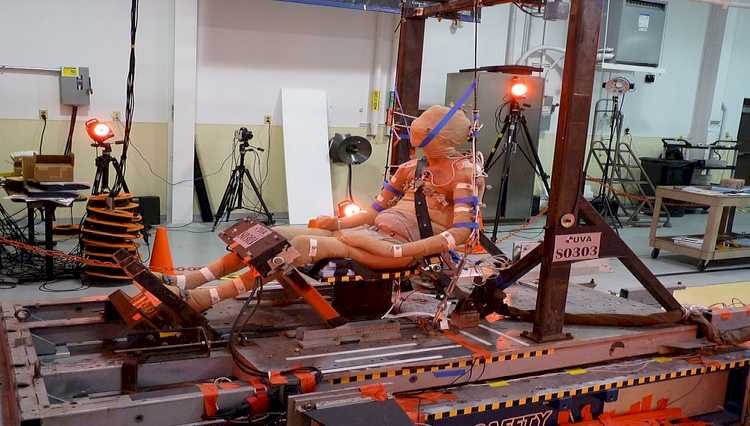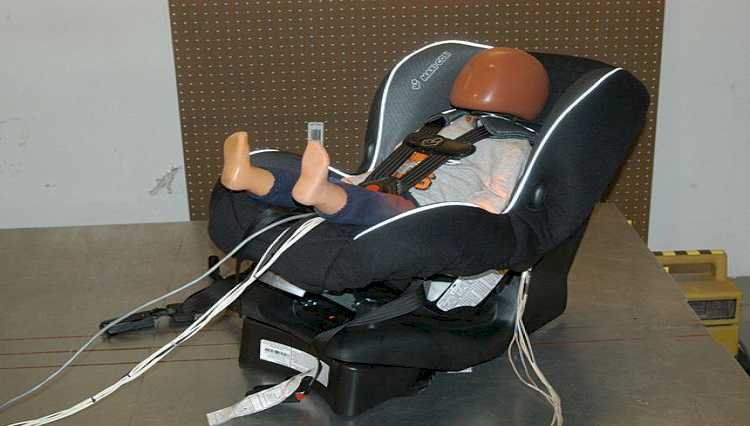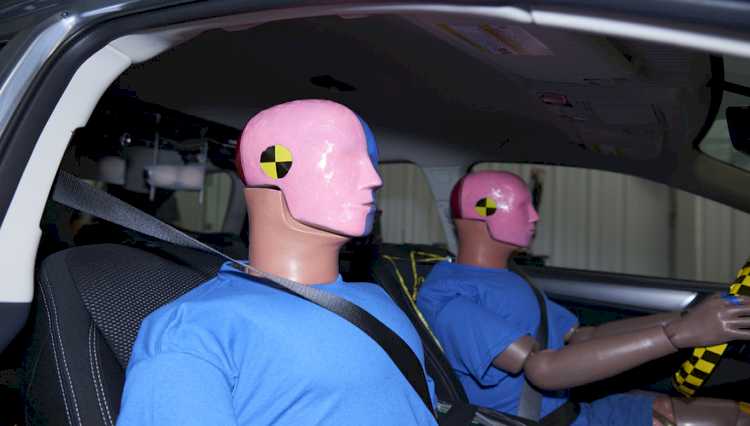Yes, We Like Crash Test Dummies

We have to admit--they're creepy looking. But their importance should never be underestimated. Crash Test Dummies have been used by researchers to predict the injuries a person can sustain in the event of a crash. And thanks to technology, these dummies have improved automotive safety significantly.
The first dummies that car manufacturers used were dead bodies, animals, and live volunteers. The main problem with these test subjects was that it was extremely difficult to achieve reliable comparison data, since no two test subjects were the same. Some were also harder to obtain (like child cadavers), and using dead bodies and animals were also considered ethically wrong.
 Human cadaver. University of Virginia, NHTSA
Human cadaver. University of Virginia, NHTSADummies, however, solved many of these problems. Not only were they "ethically safe" test subjects, but it was also easier to customize their height, gender, size, and shape depending on what the researchers were studying.
The Hybrid III
The most well-known crash test dummy today is the Hybrid III. Measuring around 5'9" tall back then, "Mr. Dummy" first appeared in the 70s, and weighed around 170 lbs. Over time, his big brother appeared, together with Ms. Dummy and Hybrid III child dummies ages 10, 6, and 3 years old.
 Child dummy.
Child dummy. A dummy's "skeletal system" is mostly made from steel, aluminum, and rubber. They are covered with urethane-foam flesh and vinyl "skin" layers. Body frame sizes fall under the 5th, 50th, and 95th percentile of American adults, with the smallest one measuring 5 feet tall (and weighs 110 pounds), while the biggest one measures 6'2" tall (and weighs 223 pounds).
How They Work
It takes around three days to calibrate a modern dummy. And mind you, they're not cheap. One dummy costs around USD250,000, and almost all of it just goes to the small sensors placed all over their bodies such as:
Chest and Knees
 Hybrid III dummies. Insurance Institute for Highway Safety
Hybrid III dummies. Insurance Institute for Highway SafetyThe chest and knees contain devices that measure movement, and converts them into voltage readings. These are then interpreted as chest compression levels (or the degree the chest is squeezed/crushed) that a person experiences during a crash.
Feet, Pelvis, Chest, and Head
These parts are fitted with small modules that track movement, and measure the rate of acceleration in a given direction using various points on the dummy. This would show a person's injury depending on the direction and speed of an oncoming vehicle.
Neck and legs
Metal cells are placed on these areas to determine the severity of damage in a body. For instance, the least severe impact can cause tissue damage, while the most severe one leads to broken bones.
Final Word
 Hybrid III family. Taken from Wikimedia Commons
Hybrid III family. Taken from Wikimedia CommonsCrash test dummies have truly evolved into one of the most useful test devices in automotive research. Truly, their value becomes even greater as technology makes great strides in changing the landscape of vehicle safety today and in the future. Hopefully, they'll look far less creepy by then.
Featured Articles
- Latest
- Popular
Recommended Articles For You
Featured Cars
- Latest
- Upcoming
- Popular
Car Articles From Zigwheels
- News
- Article Feature
- Advisory Stories
- Road Test

